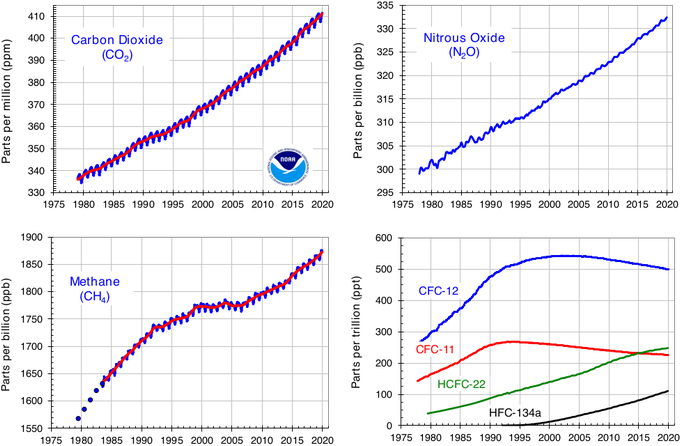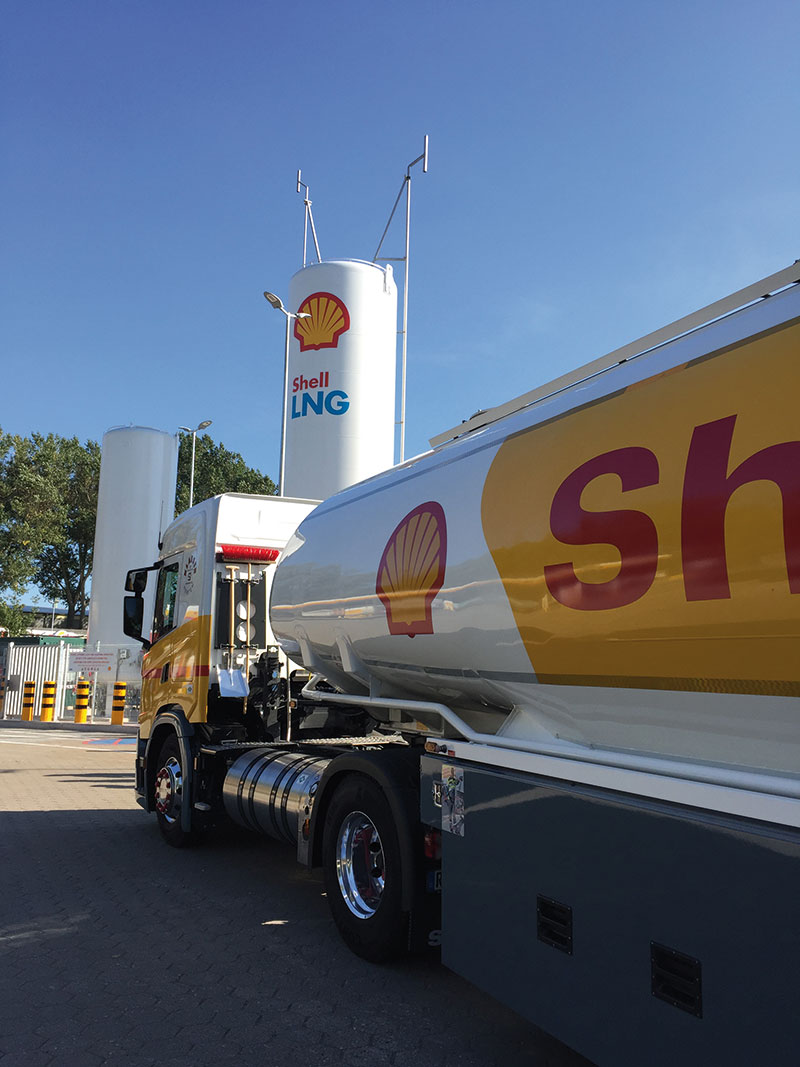What's about the carbon emission?

The European Commission's strategy on greenhouse gas emissions envisages the EU's climate neutrality by 2050 and an intermediate target of reducing net greenhouse gas emissions by at least 55% by 2030. The reduction of gas emissions is a key point of the so-called The European Green Deal announced pursuant to the so-called Paris Agreement.
Meanwhile, in 2017 Poland was in the infamous top countries in Europe with the highest air pollution index. Taking into account the PM2.5 index, Poland was in 4th place, just behind Turkey, Macedonia and Bosnia and Herzegovina. At the same time, Poland is a forwarding leader in the EU (in 2018, Polish transport companies carried out 23% of the transport of all goods).
The European Green Deal assumes a gradual reduction of exhaust emissions (according to 10-year plans), until reaching zero-emissions.
The target for Poland was set at the level of reduction of 7% annually by 2030 (compared to 2005).
The Effort Sharing Decision covers six greenhouse gases supervised under the Kyoto Protocol's first commitment period (2008-2012):
- the well-known carbon dioxide (CO2) is responsible for 55% of global warming. The highest level of discharged CO2 into the atmosphere was recorded in Poland in 1988. Fortunately, it has been systematically declining since then with the transformation of the industry. In our country, coal combustion is responsible for over 60% of this gas emission into the atmosphere, in which it may remain from 50 to even 500 years.
- Methane (CH4), which retains 28 times more heat in the atmosphere than CO2. It is estimated that about 40% of methane is released into the atmosphere from natural sources (e.g. wetlands). Another 40% is a by-product of cattle farming, and the rest is released when fossil fuels are extracted and transported through leaky installations. It is optimistic that the released methane remains in the atmosphere for about 12 years, so its reduction may bring quick results.
- Nitrous oxide (N2O) has a wide range of uses, incl. as an anesthetic gas in medicine. However, the main source of its discharge into the atmosphere is agriculture, specifically the surplus of fertilizers not absorbed by plants. Its infamous contribution to global warming is estimated at 6%. Nitrous oxide is a gas 300 times more efficient a greenhouse gas than CO2, but less viable - it remains in the atmosphere for over 100 years.
- F-gases: hydrofluorocarbons (HFCs), perfluorocarbons (PFCs), sulfur hexafluoride (SF6) - used in chemistry as refrigerants, foaming agents, aerosols. Gases from this group, containing a particle of fluorine, have from 140 times to - nearly 23,000 times higher global warming potential (GWP [i]) than CO2.

Graph showing the rise in greenhouse gases with the greatest impact on global warming. Source: https://naukaoklimacie.pl/aktualnosci/coraz-wiecej-gazow-cieplarnianych-w-atmosfera-445
The Effort Sharing Regulation added nitrogen trifluoride (NF3), a very minor source of emissions in the EU, to this list.
Liability of transport industry
Transport is responsible for almost a quarter of greenhouse gas emissions in Europe and is the main cause of air pollution in cities. The transport sector has not experienced the same gradual decline in emissions as other sectors: emissions only started to decline in 2007, but still remain higher than in 1990 (see graph below)

Graph from the website: https://ec.europa.eu/clima/policies/transport_pl
As can be seen in the chart above, it is transport, not industry, including the energy industry, that causes the highest air pollution. Including road transport, it causes as much as 70% of pollution in this sector (air transport generates about 13% of pollution in the area of transport).
In order to achieve the goal of reducing greenhouse gas emissions in road transport, as provided for in the European Union's strategy, the main emphasis is on a greater share of alternative fuels (biofuels, electricity, hydrogen, renewable fuel sources) and digital solutions for optimizing routes in the transport of cargo.
How does Dartom fulfill the assumptions of the European Green Deal?
Dartom takes seriously the assumptions of the European Green Deal. For years, it has been using solutions encouraged by successive EU acts to reduce emissions of harmful substances. We want our yellow trucks broken with green to be associated with safety and responsibility towards people and the environment. The multi-faceted actions of the management board go beyond the European recommendations, pointing out that "eco" and "green" are more than just a fashionable slogan. We try to reduce our impact on the environment, which is why we have already focused on "green energy" many years ago - photovoltaic panels supply our headquarters, fully covering our needs and bringing measurable benefits for the environment and for the company's budget. We believe that even seemingly "small" actions make sense and we pass it on to our employees as well. Limiting the consumption of paper and printing, waste segregation, bicycle parking, shopping with ecological materials and giving preference to local suppliers - these are just some of our "small" but everyday activities.
In the area of transport, we always focus on the highest environmental standards. That is why every car in our fleet is Euro 6 certified. And since the introduction of LNG-powered engines, we have started to gradually replenish our fleet with them. At the beginning of 2021. We received 20 new Volvo trucks powered by an LNG engine. It also involved the launch of its own refueling point. The still insufficient number of LNG stations on the map of Europe is the biggest barrier when choosing LNG trucks. Certainly, the expansion of the infrastructure will convince more companies to invest in greener vehicles. You can read more about our fleet here.
We were one of the first companies in Poland to implement telematics systems in the company. In our case, these are integrated systems, and the real-time data transferred between them allow us to effectively use our operational capabilities. But how does this relate to ecology?
Telematics for safety and ecology
90% of road accidents are due to human error. Modern telematics systems not only monitor the route, but also more and more often have more advanced functions that allow to intervene in the event of an emergency (e.g. automatic braking, alerts in the event of an accident, regardless of the driver's reaction). Above all, however, they allow for optimal route planning, which significantly reduces "empty kilometers", allows for better coordination within the supported fleet, and also monitors the work of drivers who are rewarded for "eco driving".
LNG - a transition fuel
Electric engines for trucks are still a song of the future, although it seems to be in the near future. So far, a real change in transport is achieved through the use of modern filters and combustion components as well as more "eco" fuels.
Dartom chose LNG fuel. It is the most modern technology based on natural gas. It is estimated that LNG fuel in the combustion process emits more than 22% less greenhouse gases than the popular diesel fuel.
According to one of the LNG producers, its use means for transport companies:
- savings: lower purchase cost than diesel oils
- quieter engine operation: the ability to work in noise-restricted areas
- less pollutants: the combustion of LNG significantly reduces the emissions of sulfur oxides, particulates, nitrogen oxides and other greenhouse gases compared to the combustion of diesel fuel.

Photo from the site: https://biolngeuronet.eu/
Reporting obligation
At Dartom, we have been monitoring and analyzing the fuel consumption of our cars for several years. We keep monthly reports broken down into diesel and LNG engines, as well as taking into account other differences in vehicles that affect fuel consumption. In the calculation, we are helped by telematics systems that generate reports automatically calculating kilometers, several factors influencing ecological driving, as well as technical assumptions from the manufacturer.
CO2 emission for LNG-powered cars was approximately 56.2 kg / 100 km

CO2 emissions for diesel-powered cars amounted to approx. 64.3 kg / 100 km

As you can see, cars powered by LNG produce significantly less carbon dioxide, although not necessarily less other greenhouse gases. Until there are better solutions, however, Dartom will buy more LNG trucks, as well as invest in greener tires, which also have a big impact on fuel consumption. You can read more about our environmental goals and Sustainable Development Strategy here.
[i] GWP compares the amount of heat absorbed by a given mass of gas to the amount of heat retained by the same mass of carbon dioxide over a given period of time. The commonly used time frame is 100 years (but it is also possible to calculate GWP for 20 or 500 years). For example, the climate impact of 1 kg of R-404A mixture emitted over a 100-year period (GWP100 = 3922) is 3922 times greater than the climate impact of 1 kg of CO2 emitted.